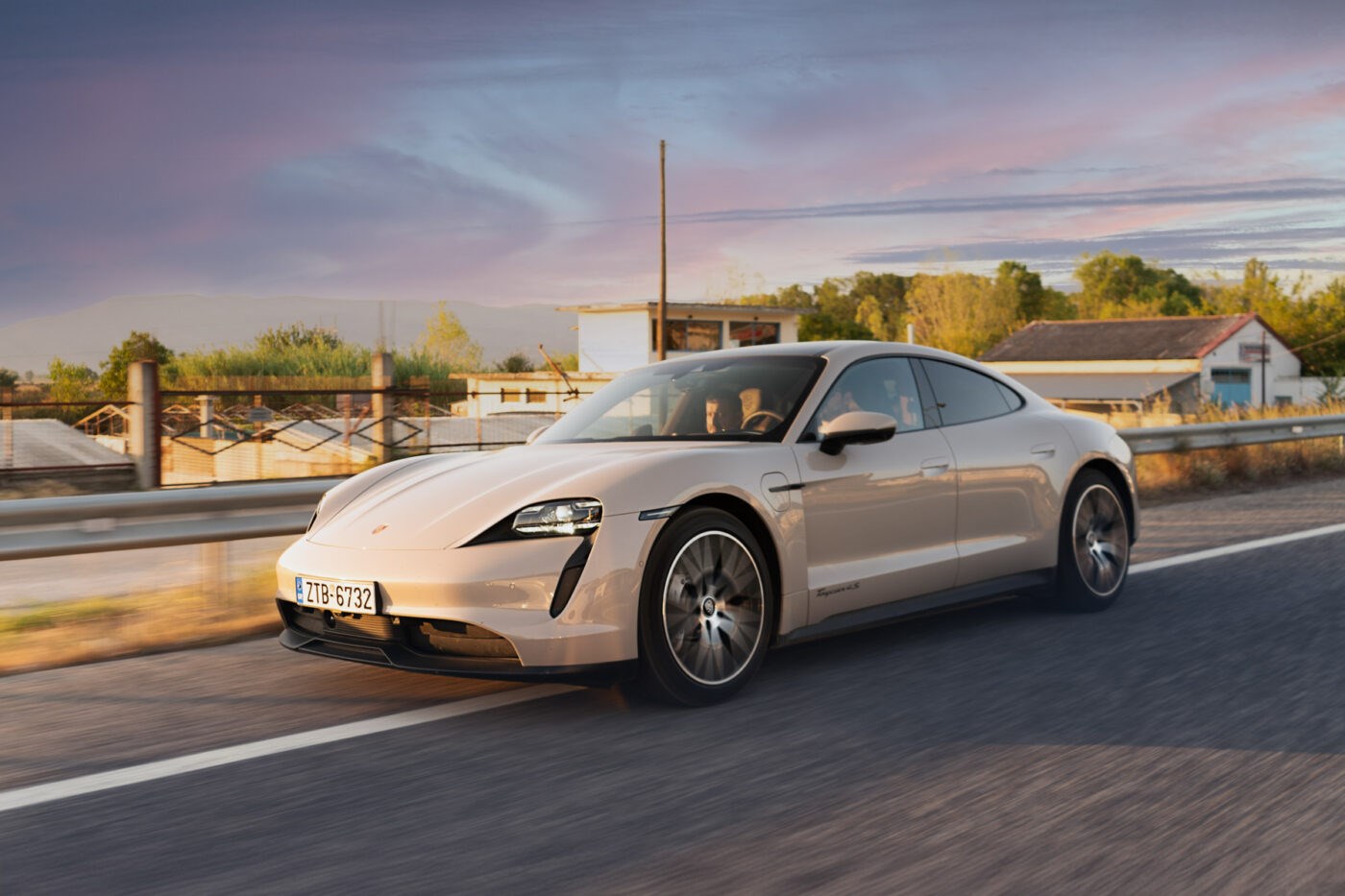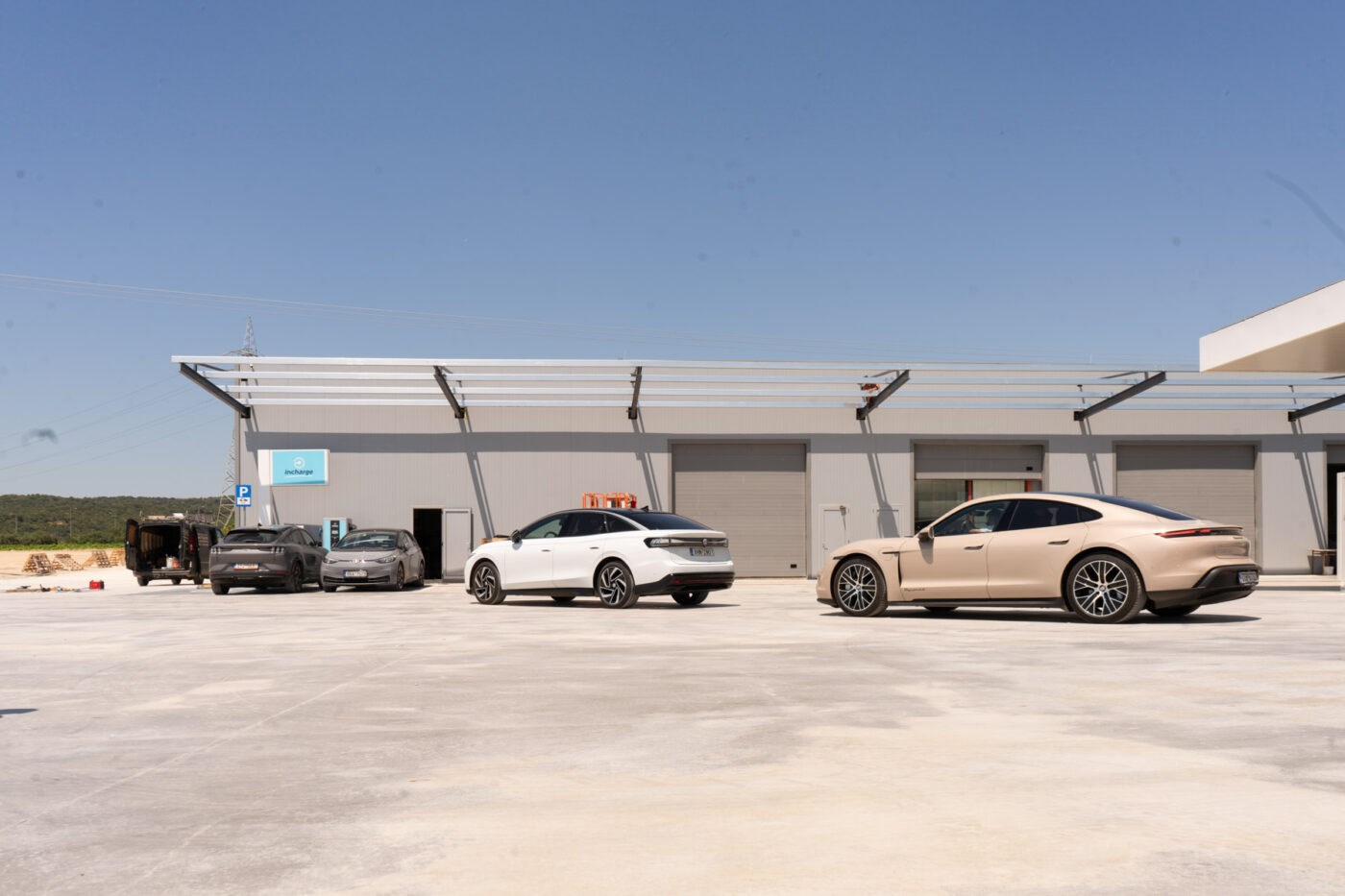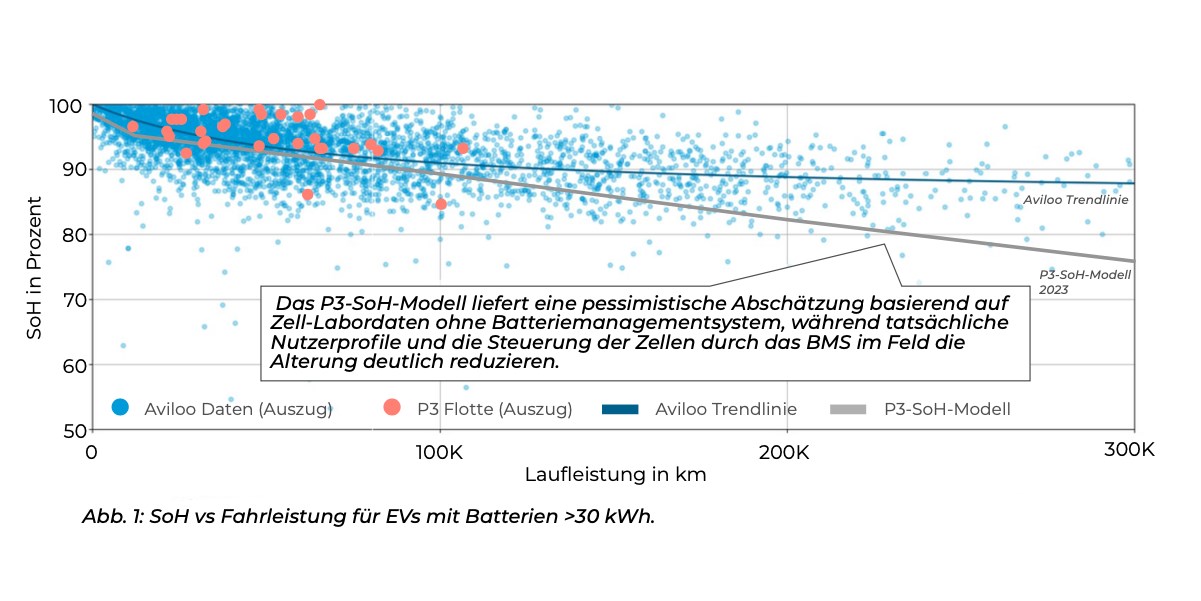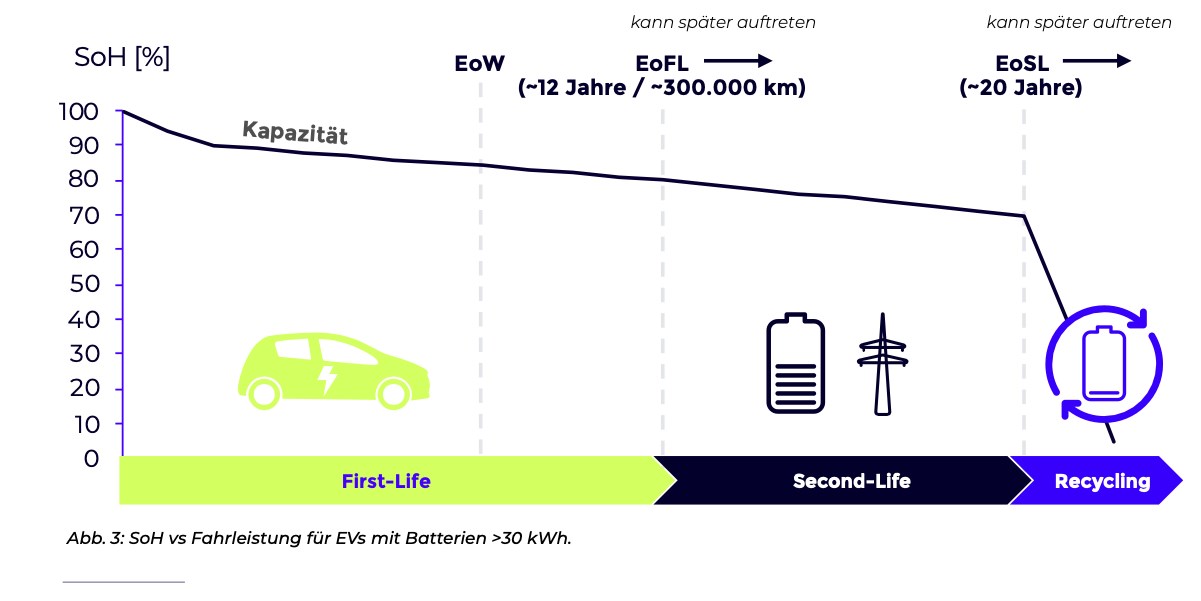
Claims about battery life of electric vehicles debunked

See Full Size
Claims that the batteries of electric vehicles wear out quickly and need to be replaced within a few years are frequently expressed. Such statements that the cost of battery replacement reaches tens of thousands of dollars trigger the fear that electric vehicles will lose value in the second-hand market.
Battery health examined with real data
See Full Size
P3 conducted this study in collaboration with Austria-based battery diagnostics company Aviloo. Aviloo has performed more than 60,000 capacity tests to date and examined the battery performance of vehicles in detail. The data obtained, Vehicles with more than 300,000 kilometers It also includes. This is almost double the 160,000 kilometer warranty offered by most electric vehicle manufacturers.
Capacity loss in 15 years is only 13 percent
On the other hand, the research results are quite clear: Electric vehicle batteries in the first 30,000 kilometers quickly 95 percent falls to the level. However, after this point, the decline in battery health slows down and to 100,000 kilometers battery capacity when reached average 90 percent remains at the level. 200,000 to 300,000 kilometers This ratio is between 87 percentIt decreases to .
Roughly speaking, the range of an electric vehicle with a range of 1000 kilometers decreases to 870 kilometers after 300,000 kilometers. An average driver in Turkey travels 20,000 kilometers a year. Therefore, the battery of this driver’s electric vehicle will have lost 13 percent of its range after 15 years.
According to experts, the reason for the rapid capacity loss in the first period is the SEI (solid electrolyte interphase) layer formed in the anode part of the battery. Losses caused by this chemical reaction occur as a natural process in the initial stages of use of the battery. However, in the long run, this situation balances out and the performance of the battery remains stable.
How to extend the life of electric vehicle batteries?
See Full Size
Protect the battery from extreme temperatures
- Batteries should be kept at low to moderate temperatures (below 25°C) when not in use.
- Temperatures above 60°C accelerate chemical reactions, increasing capacity loss.
Choose a low charge level when parked for long periods of time
- If the vehicle will be parked for a long time, the battery charge level should be between 10% and 50%.
- Higher charge levels can lead to higher voltage in the cells, accelerating battery aging.
Avoid high current situations
- Situations that require high current, such as DC fast charging, heavy acceleration or high-speed driving, negatively affect battery health, especially in extreme temperatures.
- To extend the life of the battery, choose slow charging methods and gentle driving style.
Battery warranty period and beyond
- Most electric vehicle batteries are warrantied for 8 years or 160,000 kilometers, and beyond that time they generally work fine, as studies have shown.
- Even when the warranty period has expired or it no longer meets the desired performance, the battery can be used in energy storage systems called “second life”.
Second use before recycling
- Batteries can usually be used for 20 years or more. Once their initial lifespan is completed, they may still have a valuable lifespan compared to new ones.
- However, recycling it after the second use is the best choice.
Source
https://cleantechnica.com/2024/11/24/rumors-about-electric-cars-and-short-battery-life-debunked-in-this-study/
https://www.electrive.com/2024/11/24/new-study-shows-ev-batteries-last-much-longer-than-expected/
This news our mobile application Download using
You can read it whenever you want (even offline):




What do you think?